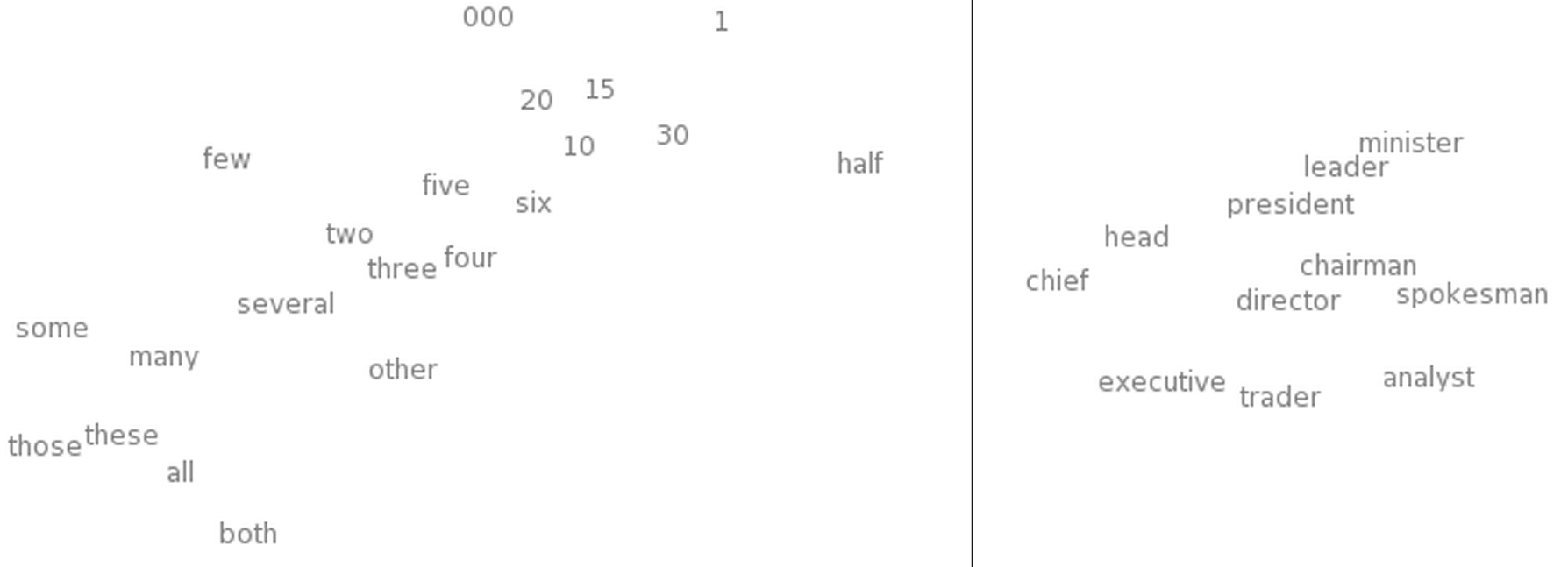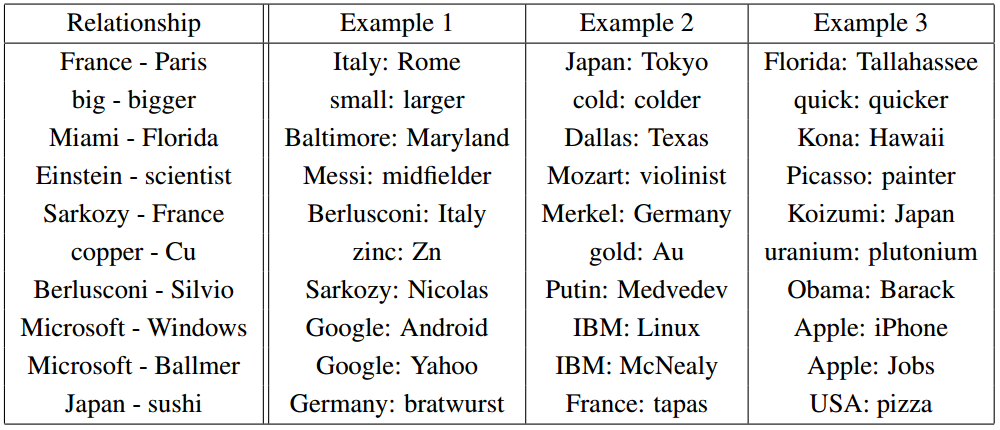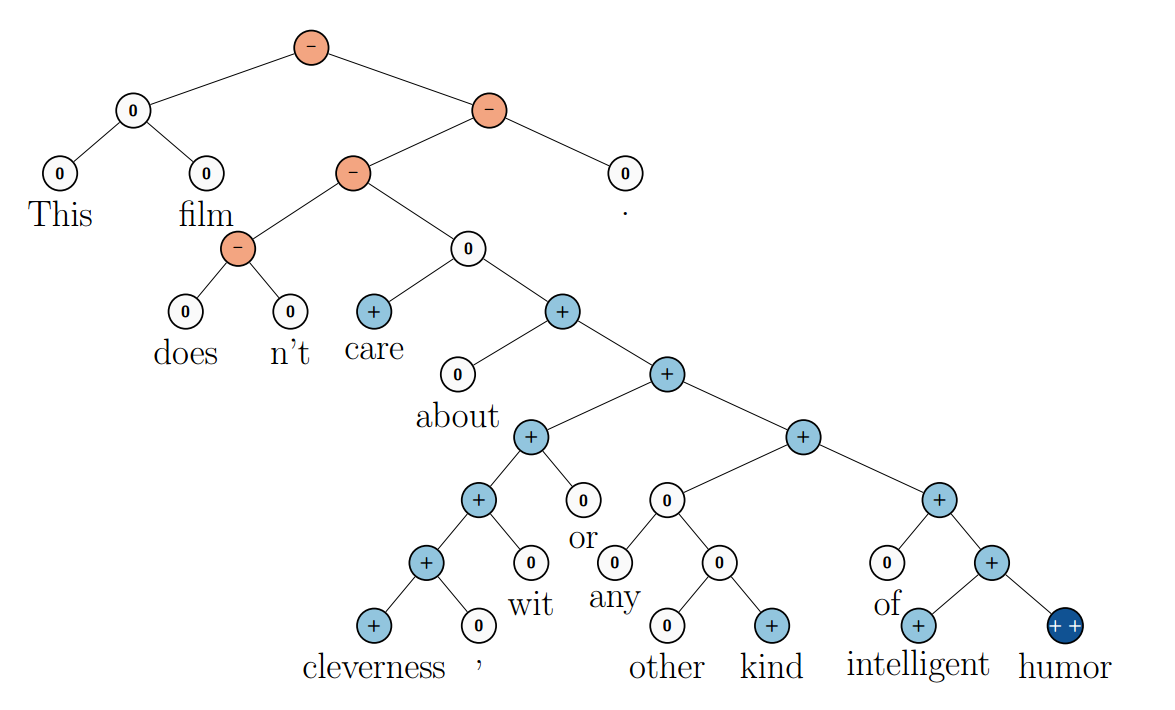Practical NLP Applications of Deep Learning
By Samiur Rahman
Practical NLP Applications of Deep Learning
Deep Learning is the hot “new” technique in the world of Machine Learning, but most of the published benefits of Deep Learning has been tied to audio and visual data. There are, however, significant benefits users can draw from Deep Learning, particularly in the area of unsupervised representation learning. This talk focuses on the practical applications of these techniques, particularly neural network word embeddings. I also explore how Mattermark uses these techniques to perform many ML and NLP tasks.














